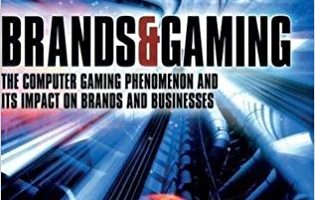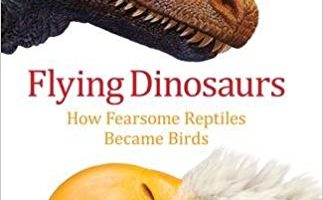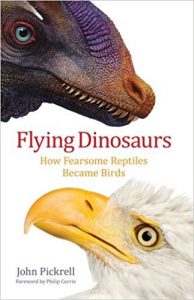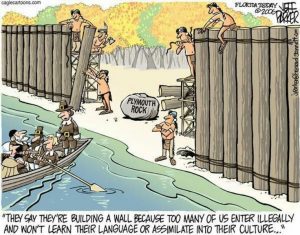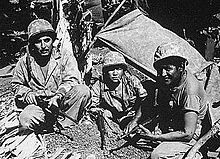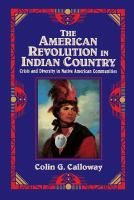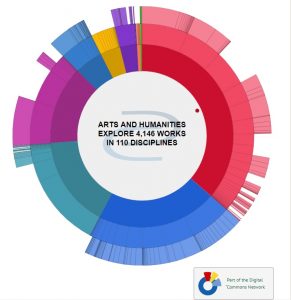What is new media? We may begin answering this question by listing the categories commonly discussed under this topic in the popular press: the Internet, Web sites, computer multimedia, computer games, CD-ROMs and DVD, virtual reality. Is this all there is to new media? What about television programs shot on digital video and edited on computer workstations? Or feature films that use 3-D animation and digital compositing? Shall we also count these as new media? What about images and textimage (meme) compositions – photographs, illustrations, layouts, ads – created on computers and then printed on paper? Where shall we stop?
As can be seen from these examples, the popular understanding of new media identifies it with the use of a computer for distribution and exhibition rather than production. Accordingly, texts distributed on a computer (Web sites and electronic books) are considered to be new media, whereas texts distributed on paper are not. Similarly, photographs that are put on a CD-ROM and require a computer to be viewed are considered new media; the same photographs printed in a book are not.
Has this discussion of new media piqued your interest? Check out some of these books on gaming and how it integrates with cinema, marketing, and business.
 Game on, Hollywood!: Essays on the Intersection of Video Games and Cinema
Game on, Hollywood!: Essays on the Intersection of Video Games and Cinema
The 14 essays in Game on, Hollywood! take on several points of game and film intersection. They look at storylines, aesthetics, mechanics, and production. The book is about adaptation (video game to film, film to video game), but it is even more about narrative. The essays draw attention to the ways and possibilities of telling a story. They consider differences and similarities across modes of storytelling (showing, telling, interacting), explore the consequences of time, place and ideology, and propose critical approaches to the vastness of narrative in the age of multimedia storytelling.
The video games and film texts discussed include The Warriors (1979 film; 2005 video game), GoldenEye (1995 film), GoldenEye 007 (1997 and 2011 video games), Buffy the Vampire Slayer (2000–2004, television show), Buffy the Vampire Slayer: Chaos Bleeds (2003 video game), Prince of Persia: The Sands of Time (2003 video game; 2010 film), the Star Wars franchise empire (1977 on), Afro Samurai (2009 video game), and Disney’s Epic Mickey (2010 video game).
Brands & Gaming: The Computer Gaming Phenomenon and its Impact on Brands and Businesses
The computer gaming industry is bigger than the film and music industries and is growing faster than both of them put together. The industry is also changing fast. The typical computer gamer is in his mid 20s and female gamers make up one of the faster growing parts of the market. New developments in sociability and interactivity are also transforming the industry. This is the first major study of brands and gaming and shows huge opportunities for brand development.
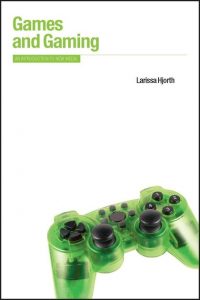 Games and Gaming: An Introduction to New Media
Games and Gaming: An Introduction to New Media
The computer games industry has rapidly matured. Once a preoccupation only of young technophiles, games are now one of the dominant forms of global popular culture. From consoles such as Nintendo Wii and Microsoft Xbox to platforms such as iPhones and online gaming worlds, the realm of games and their scope has become all-pervasive.
The study of games is no longer a niche interest but rather an integral part of cultural and media studies. The analysis of games reveals much about contemporary social relations, online communities and media engagement.
Presenting a range of approaches and analytical tools through which to explore the role of games in everyday life, and packed with case material, Games and Gaming provides a comprehensive overview of this new media and how it permeates global culture in the twenty-first century.

 an option?
an option?


